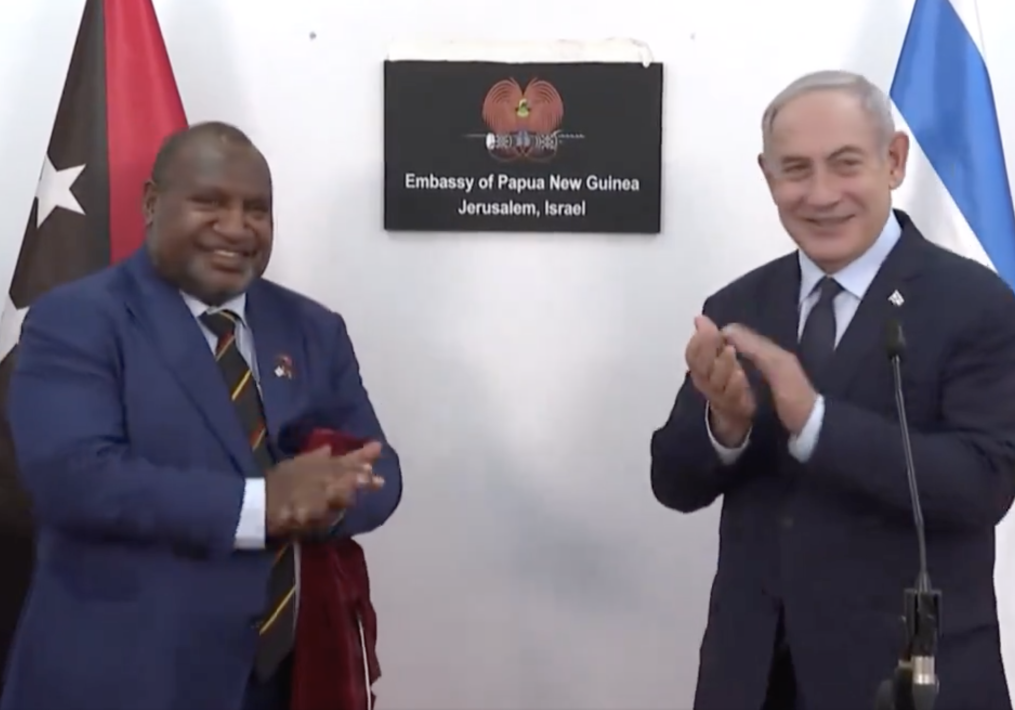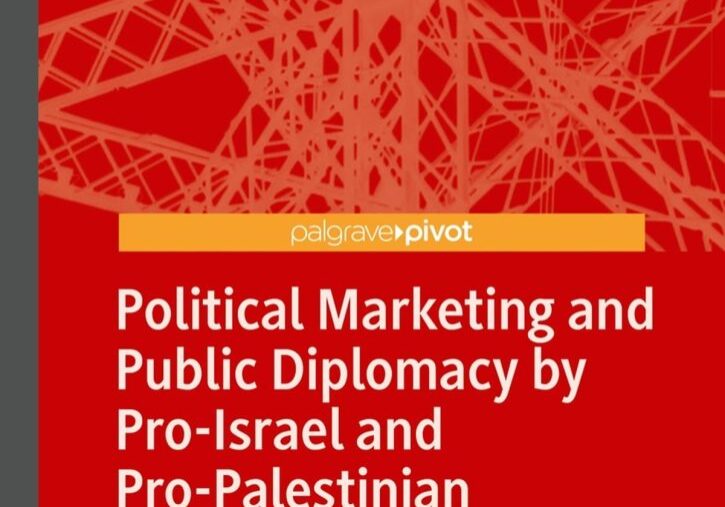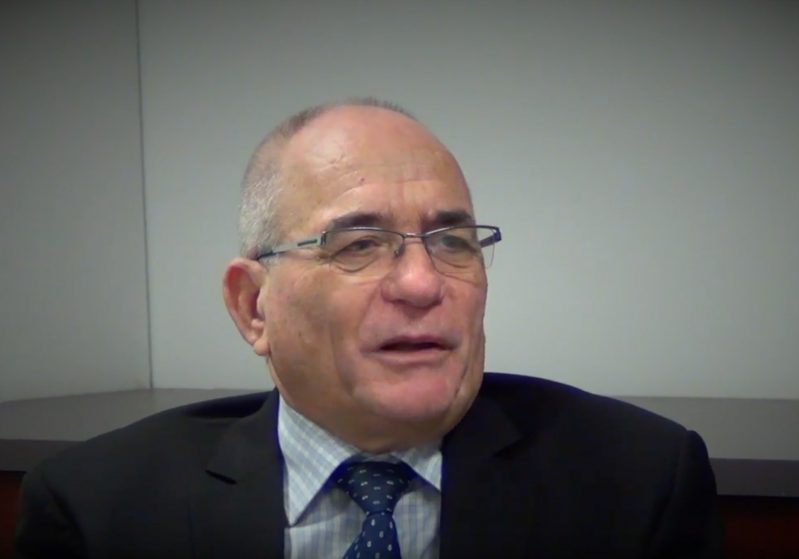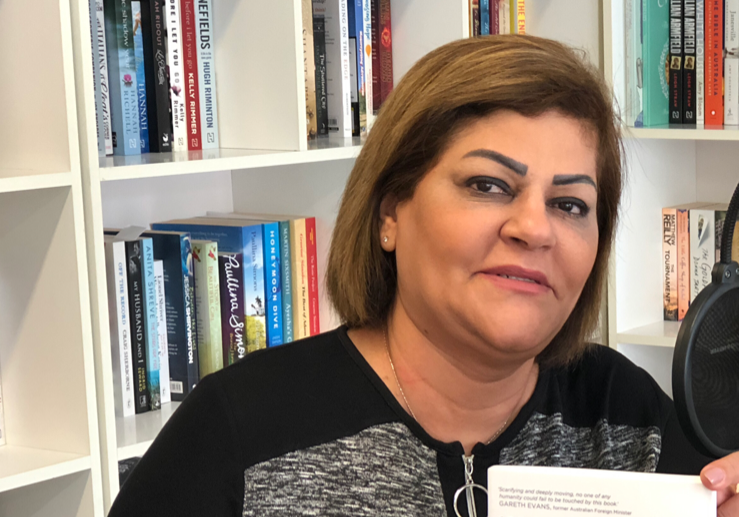Australia/Israel Review
Media Microscope: “F” for Fairfax
Aug 26, 2014 | Allon Lee
Allon Lee
The perception that Fairfax’s metropolitan newspapers and associated websites were glaringly biased against Israel over the course of the Gaza war to date has left many of their pro-Israel readers annoyed.
A significant factor in this irritiation was the reporting of Middle East correspondent Ruth Pollard, whose work appeared to focus largely on civilian deaths and injuries in Gaza, frequently seemed to suggest that most were deliberate, and appeared to uncritically accept Palestinian statistics and claims when reporting.
The nadir was reached on Aug. 16. A large spread in the Age, SMH and Canberra Times exploring eight Palestinian families’ experiences during the war was clearly written to strongly imply to readers that Israel was hitting innocent Palestinians deliberately.
Pollard wrote, “initial estimates indicate up to 80 per cent of the victims have been civilians in a war Israel says was aimed only at militants.” She cited UN figures that “at least 1965 Palestinians have been killed” of whom “1417 are believed to be civilians.” (Which is 72%, not 80%)
In fact, the New York Times (Aug. 5) and the BBC (Aug. 11) both concluded that the Palestinian-sourced UN data was not reliable (see p. 18-19) long before her piece appeared. Israeli authorities have estimated a far lower percentage of civilian deaths – roughly 50% – but Pollard only offered the vaguest of caveats: “no doubt some of those killed were affiliated with militant groups fighting in Gaza.”
Even Pollard’s eight selected Gaza families were airbrushed. For example, Pollard failed to mention that one slain member of the Hajj family she highlighted, 20-year-old Omar Hajj, belonged to Hamas’ armed wing – information revealed in late July.
The mindset that the war’s casualties were overwhelmingly Palestinian civilian victims of alleged Israeli brutality seemed to permeate the Fairfax newspapers’ general news coverage.
On August 1, the Age and SMH ran an aerial map showing that most of the damage in the Shujaiya neighbourhoods was to buildings not near tunnel entrances. The accompanying caption pointedly stated that “Israel…said that one of the goals of the incursion is to destroy tunnels leading from Gaza to Israel.” Not mentioned was that on July 19 and 20 Shujaiya was the scene of the conflict’s most ferocious ground battle between Israeli troops and Hamas fighters, thereby leaving the impression that Israel simply bombed the area for no reason.
The three papers also differed startlingly on the balance between pro and anti-Israel opinion pieces.
Regular SMH columnist Mike Carlton fell victim to his own foul-mouthed malice towards readers – labelling one a “typical Jewish bigot” – who took umbrage at his two viciously anti-Israel columns. Carlton was suspended but chose to resign.
One Carlton column (Jul. 26) was accompanied by a Glen Le Lievre cartoon that evoked traditional antisemitic imagery, depicting a hook-nosed, skullcap-wearing Jew seated in an armchair emblazoned with a Star of David and detonating bombs in Gaza. The SMH‘s only editorial statement during the conflict was an apology for printing the cartoon (Aug. 3).
In contrast, the Age editorialised thrice, the last (Aug. 2) claiming “the phrase ‘disproportionate force’ is far too measured and temperate to adequately capture the horror Israel has inflicted.”
The paper ran a series of op-eds condemning Israel’s military conduct and/or failure to create a Palestinian state. These included Peter George (Aug. 6), David Rothkopf (Aug. 11), Ben Saul (July 29), Thomas Friedman (Aug. 4), and Hugh White (Aug. 5) plus a piece from an anonymous Jewish critic (Aug. 17). Pro-Israel views from regular Age contributor Paul Monk (Aug. 14) and international law expert Prof. Greg Rose (Aug. 3) appeared only online.
Even online seemed too much for the Age where AIJAC’s national chairman Mark Leibler was concerned. His article that ran on the CT and SMH websites (Aug. 12) was not listed in the “Comment” section on the Age‘s website.
Meanwhile, the Canberra Times also did not editorialise, ran a smattering of opinion pieces, including AIJAC’s Sharyn Mittelman (July 11), leaving it to letter writers to debate. Unfortunately this included a number that were borderline antisemitic. One on July 23 accused Israel in 1948 of having learnt from Nazi Germany “how to control and exterminate a race of people,” and described contemporary Israel as “killing at will and loving it” before asking “do we really need a nation like that?”
Although the SMH ran a number of highly critical op-eds, including Peter George, this was balanced by AIJAC’s Sharyn Mittelman (July 21), NSW Jewish Board of Deputies President Yair Miller (July 30), and two offerings from regular SMH columnist Paul Sheehan (Aug. 4 and 7).
Tags: Australasia






